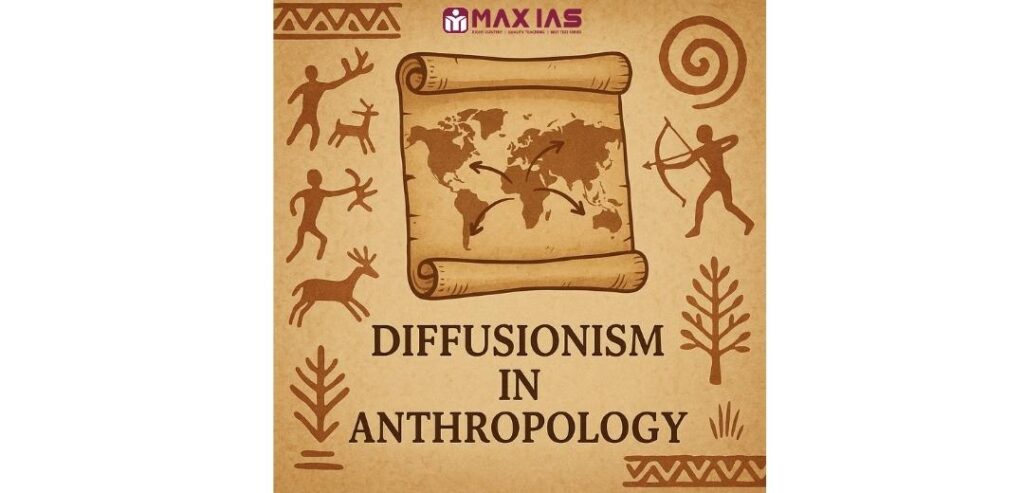
The unilineal evolutionist framework of the nineteenth century faced criticism from various anthropologists. In both America and Britain, some professionals identified significant shortcomings in classical social evolution.
The primary objection centered around the ethnographic data utilized by these theorists. Critics argued that their assessments were ethnocentric, lacking empirical evidence for the proposed evolutionary stages and the accuracy of their reconstructions, and that their generalizations were often excessively broad.
They contended that the notion of psychic unity was fundamentally flawed, given the considerable variation in human responses to similar situations.
Additionally, evolutionists largely overlooked the influences of diffusion and migration.
Major contributions of Diffusionists
In the early twentieth century, several schools of thought emerged that posited societal change occurs when cultures adopt traits from one another. This perspective is referred to as diffusionism. Under this framework, cultural knowledge—including technology, economic ideas, religious beliefs, and artistic expressions—spreads, or diffuses, from one society to another.
Three schools have established diffusion as a fundamental component in their formulation and examination of cultural dynamics.
They are the English group composed of Elliot Smith, W.J.Perry and their followers, the German-Austrian culture-historical school, founded by F.Graebner and E.Foy and Pater W Schmidt and the American group associated with Franz Boas, Kroeber, Sapir, Spier, Lowie and others.
Basic postulates of Diffusionism
- Any cultural group will adopt cultural traits from another group only if they find them meaningful and useful, either economically, socially, or both.
- During the process of diffusion, cultural traits may not retain their original form, as changes can occur due to differing environments.
- Typically, the diffusion of cultural traits flows from more developed cultures to less developed ones.
- This process often leads to cultural changes in the groups that adopt aspects of other cultures. While some borrowed cultural traits can be assimilated seamlessly, others may result in significant transformations.
- Additionally, geographical barriers such as the lack of transportation and communication facilities, as well as natural features like oceans, rivers, mountains, and deserts, can hinder cultural diffusion.
Limitations of diffusionism
Early diffusionist perspectives were founded on flawed assumptions about humanity’s capacity for innovation. Similar to the unilineal theorists, they held prejudiced beliefs regarding the inherent inferiority of various non-Western peoples.
The diffusionists posited that certain groups lacked the creativity needed to develop their own cultural characteristics.
Another limitation of their approach lies in the assumption that cultural traits within the same geographical area will inevitably diffuse from one society to another.
Strengths of diffusionism
Anthropologists have observed that diffusion is not always a guaranteed process; societies can coexist without necessarily sharing cultural traits. However, the concept of diffusionism offers valuable insights into societal development. For instance, it effectively illustrates how the classical civilizations of Egypt, Greece, Phoenicia, and Rome emerged and evolved. These societies engaged in sustained interaction through trade and travel, leading to the exchange and borrowing of various cultural elements, including writing systems. This interplay of cultures showcases the impact of connectivity on societal growth and development.


